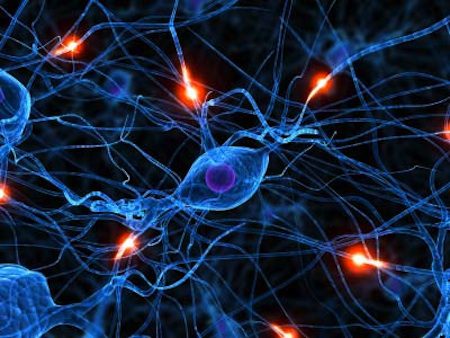
Stem Cells: Trinity Bone Matrix
Purpose
Evaluate the Trinity Evolution bone matrix used in cervical fusion surgeries to measure rate of fusion, improvement in pain and function, neurological function maintenance, and safety.
Introduction
The Spinal Research Foundation was part of a clinical trial that examined the effect of using Trinity Evolution bone matrix as part of the surgical treatment for cervical spine issues. One of the standard surgeries to treat problems in the cervical spine is an anterior cervical discectomy and fusion (ACDF) surgery, which removes damaged intervertebral discs and fuses the adjacent vertebral bones together. To help with the fusion of the vertebrae, surgeons typically place the patient’s own ground bone (called an autograft) between the vertebral bones. Stem cells may be an alternative to an autograft because they have the potential to grow into a variety of cells and may help promote bone fusion. This clinical trial evaluated the effectiveness of Trinity Evolution, an allograft (donated tissue) made up of stem cells, bone growth factors, and a matrix for the bone formation. The study was concluded in 2012, and thus far no results have yet been published.
Summary of Trinity Bone Matrix
Degenerative discs or instability in the cervical spine can be treated through non-surgical and surgical interventions. The surgical intervention is usually anterior cervical discectomy and fusion (ACDF), where the disc is removed, and a graft is placed into the disc space to retain the disc space height and to promote fusion of the vertebrae.
The Spinal Research Foundation participated in a clinical trial that evaluated the effectiveness of Trinity Evolution bone matrix, an allograft that consists of bone chips with viable adult stems cells and bone precursor cells. An allograft is a bone graft that is made of tissue not from the patient’s body; if it were from the patient, it would be called an autograft.
Trinity Evolution allograft can be preferable to autografts because of the higher number of bone-forming cells per volume and less associated surgical time and blood loss. Autografts often require a second surgery on the patient to harvest the material. In addition to this, Trinity Evolution Matrix is designed to promote a successful bone fusion, by having bone growth factors and a matrix for bone to form on, all together in one graft.
Preclinical trials showed that Trinity Evolution was safe and effective both in a lab setting and in living organisms, so SRF wanted to research the effects of using it in ACDF treatments. The trial examined the fusion rate, improvement in pain, and the absence of adverse events related to using Trinity Evolution Matrix. The study was completed in 2012, but there are no published results on this trial yet. Once there are, this page will be updated.
A previous study examined the use of Trinity Evolution in foot and ankle surgery. It found that early clinical and radiographic results suggested that the Trinity graft was equivalent to, if not better than, autografts. Click here to read about the clinical reference for the Trinity Bone Matrix.
https://marcom.orthofix.com/public/Rush.pdf


